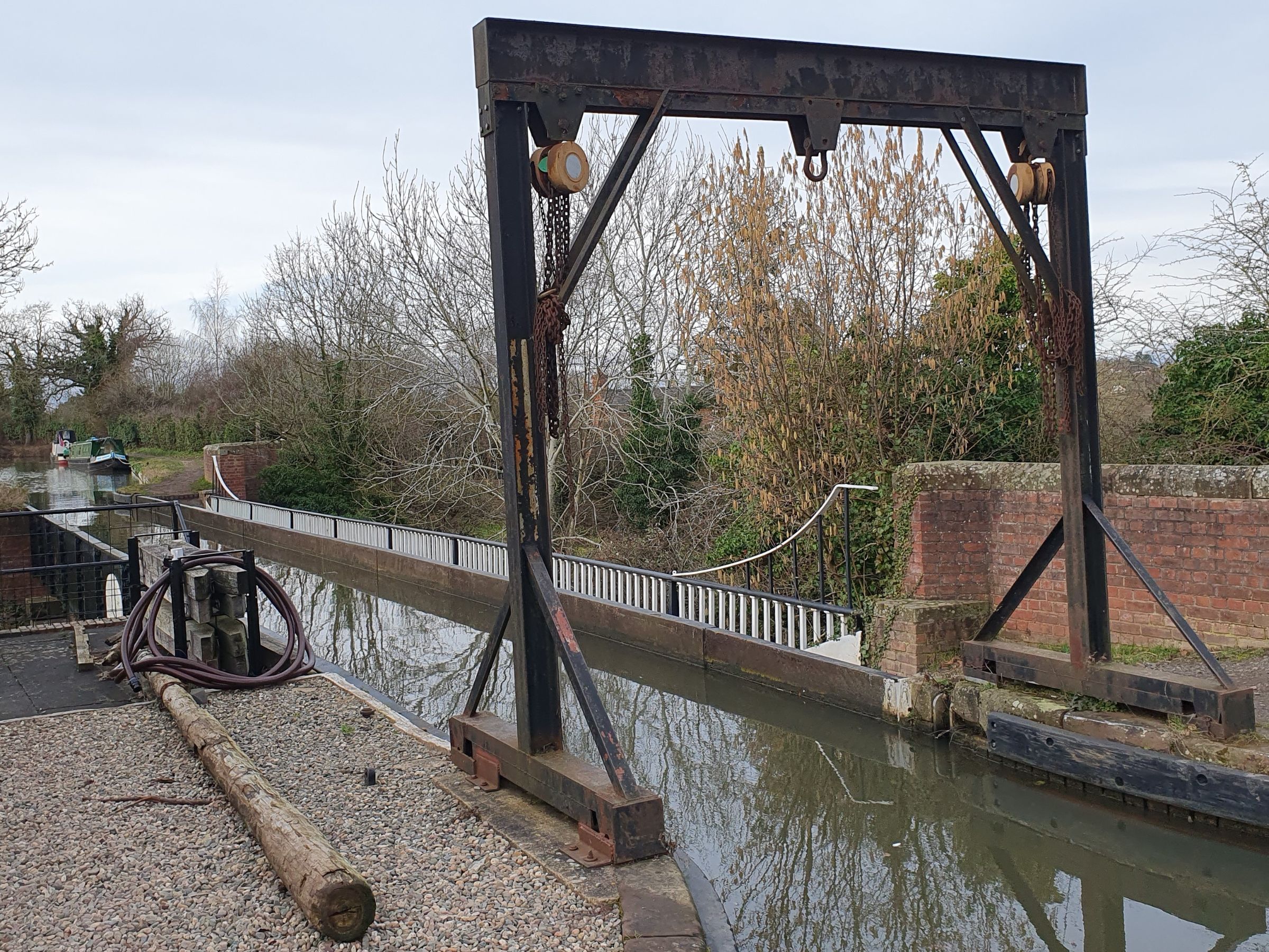

Kingfisher4
-
Posts
10 -
Joined
-
Last visited
Content Type
Profiles
Forums
Events
Gallery
Blogs
Store
Posts posted by Kingfisher4
-
-
Anyone know the origin of the word? or when / where it was commonly used?
It appears in several newspapers around 1870s in the Berkshire area but don't want to assume it wasn't used elsewhere.
It's not in the Oxford English Dictionary as a term for a boat.
Thanks 🤞
-
3 minutes ago, Rob-M said:
Used by the hire boat company to lift engines.
Oh thank you. Not very exciting then 😂
-
-
21 hours ago, BuckbyLocks said:
If there is a list I haven't managed to find it and some of the names that are mentioned in the 4 books are not the real names of the women concerned. Susan Woolfitt gives names to many of the women that she mentions and because they all used Christian names and there were so many duplicates it was common to use nicknames. I am aware of just over 100 names for women who started training, but trying to find out who completed more than their Training runs has so far proved impossible. Even several who appear in publicity photographs are unknown or unidentified. Those women who managed to start on the Leeds and Liverpool, and thus not part of the Grand Union Training Scheme wrongly identified as Idle Women are better known.
Buckby Locks, do you have a list of those hundred that you could easily send me?
-
Just wondering if there is a list anywhere of the names of all the WW2 "Idle Women"?
-
Thanks all for your replies - I will follow up some of these with private messages. Thank you.
-
Hi all, just wondering if anyone has any information about / links to the Ward boating family in Aylesbury working for Harvey-Taylor's in the 1930s? I have seen a different thread about Wards elsewhere but I don't think this lot is covered. I know it was a common name.
The Aylesbury lot I am interested in were Charlie Ward who died in 1937/38 leaving young children Violet, Edie and Marina. I think he had brothers Mike and Billy and a niece Phoebe who married Jim (?)Wallington.
-
50 minutes ago, magpie patrick said:
Basic rule on the K&A is the rivers at each end have upper gate paddles and the canal has upper ground paddles - however the first few locks from Newbury towards Hungerford have gate paddles despite being built as part of the canal. And from memory Garston lock, the only turf sided lock that didn't need restoration, has upper ground paddles.
Garston lock was rebuilt to its current size in the mid-19th century though (?1857), being shortened at the head end. The current ground paddles therefore can be no earlier than when the shortening took place.
-
On 26/03/2021 at 18:47, Philip said:
The Kennet and Avon is interesting; west of Newbury it is top ground paddles and bottom gate paddles all the way, but between Newbury and Reading it is mostly top gate paddles and no ground paddles (from the pictures I've seen). I know that, to be accurate, it is the Kennet Navigation east of Newbury, but surely the locks weren't originally built without ground paddles?
Also interesting to see from pictures that the sluices in the top gates east of Newbury don't have baffles, particularly given they don't have ground paddles!
The locks on the Kennet were originally turf-sided, with a timber structure to keep boats central. Paddles were operated by a crowbar, as on the River Wey. I very much doubt if there were any ground paddles.


Wussers
in History & Heritage
Posted
Brilliant! Thank you very much. I knew I'd read something somewhere.
Someone reminiscing in the Newbury Weekly News in 1878 wrote "A couple of Mr. John Flint’s, or Mr. Evans senior’s, or the late Daniel New’s ‘wussers’, strung together as close as the Siamese Twins, are returning perhaps with loads of the much-prized Newcastle coals that had been ‘whipped’ from the northern coal-hulks in the port of London..." This sounds like wussers were narrowboats, which fits with your two quotes.
Then I found another reference which calls a Kennet barge a wusser. But journalists are not always accurate...!